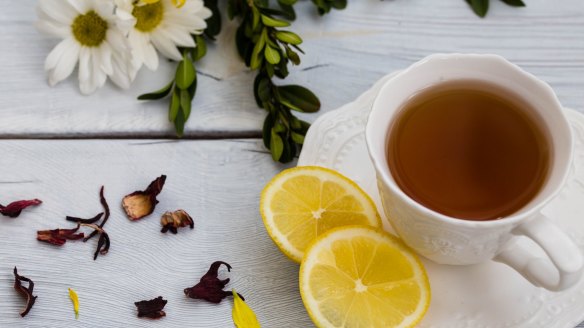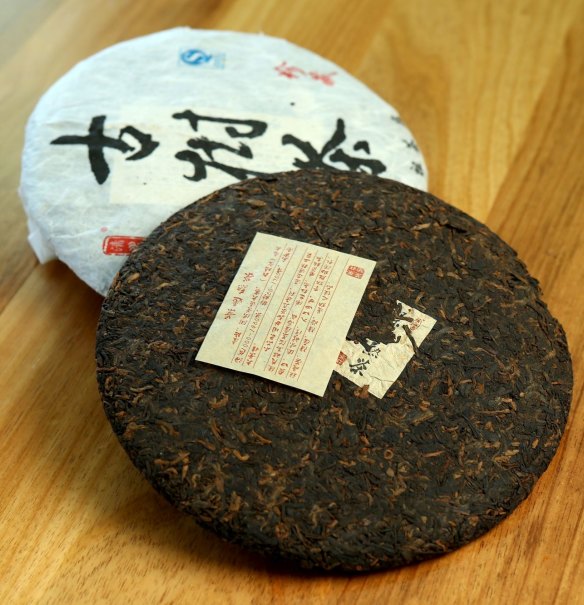White tea, green tea, black tea, pu-er, herbal tisane: How to brew different types of tea leaves

Earl Grey drinkers, beware: Tea enthusiasts are deeply committed to their preferred drink and some have little patience for anyone who doesn't understand the finer points of pu-er (a fermented, aged green tea), darjeeling ("the Champagne of teas" from West Bengal, India) and matcha (a finely ground, shade-grown green tea, recipes here).
Lesson No. 1: All tea is descended from the same ancient Chinese plant, Camellia sinensis. (This does not include herbal teas, which are not teas at all but tisanes.)

Lesson No. 2: Don't ever forget Lesson No. 1.
Tea flavours can be surprisingly wide-ranging when you consider that all tea is derived from one mother plant. Factors that set one tea apart from others can include terroir and growing conditions, or undeniably human elements: when it's harvested; if the leaves are dried, steamed, smoked or roasted; and what other ingredients are added that affect the flavour profile.
Tea experts agree that the best way to become educated is by sampling different varieties to assess what you like. Tea retailers generally provide samples and even classes, and online purveyors often sell small quantities. Tea experts advise visiting a tea retailer to sample different teas in person, or, if buying online, order small samples.
Within each category, you'll find a dizzying array of options - silky smooth matcha without a trace of bitterness, deceptively sweet white tea with the floral note of litchi blossom, and a perfectly balanced black tea called Royal Keemun, said to be a favourite of Queen Elizabeth II. Some come hand-tied in silk sachets, opening up like a flower in water, while others are compressed into thick chocolate-coloured bricks, stamped with intricate designs.
Coffee starts to seem quite pedestrian, by comparison.
Some teas can be extraordinarily expensive – up to $450 for a single pot – but, unlike coffee, a quality loose-leaf tea can be brewed over and over again, and sometimes improves with subsequent brewings.
Put the kettle on
Tea aficionados will wax poetic over temperature-variable electric tea kettles, comparing notes about how to score the most coveted brands from Japan. Different types of tea require specific water temperatures, ranging from 80 degrees for white tea to 100 degrees for pu-er. And steeping times to achieve optimal flavour vary. There are even special pots designed to keep the tea from scorching and turning bitter while brewing.
Still, don't be afraid of getting it wrong. Just grab some leaves and a simple strainer, pop the kettle on and start brewing.
If you're ready to venture beyond the generic English Breakfast tea you've been buying in bulk, here's what you need to know.
Caffeine levels
Tea has caffeine in it, but the nature of tea can make it difficult to measure caffeine levels. But even black tea, which has the highest levels of caffeine, still has about half as much as coffee.
In general, tea caffeine ranges from 30 milligrams in a small cup (235ml) of white tea to 90 milligrams in some types of black tea. Coffee has 150 to 200 milligrams of caffeine per cup.
As a rule, plan on one teaspoon of tea leaves per 120 millilitres of water.
Types of tea and their brew times
Black: The leaves are withered, then fully oxidised and dried, with dark colours and robust flavours. Steep with fully boiling water for three to five minutes.
Green: With a more herbaceous flavour, these leaves are toasted, roasted or steamed, but not oxidised, thereby preserving the green colour. Oversteeping can make it bitter, so steep in water that's 70 to 80 degrees for up to two minutes, tasting every 30 seconds to check the flavour.
White: Young and/or minimally processed tea leaves, with delicate and more floral flavours. Steep in water that's 80 to 85 degrees, for no more than three minutes.
Oolong: Falling between green and black teas, oolong is partially oxidised and features a wide range of flavours, from fruity to smoky, depending on how long it was oxidised. Steep in water that's 82 to 88 degrees for one to five minutes.
Pu-er: Like wine, pu-er is fermented. The aged green tea has a rich, earthy flavour. Steep for 30 seconds in boiling water, then discard that and add more boiling water, this time steeping for 45 to 50 seconds. The leaves can be reused, but add 15 to 20 seconds for each subsequent steeping.
Tisane: Not a true tea, a tisane is made from herbs, flowers, spices or grains such as chamomile, rooibos or peppermint. Steep in boiling water for three to five minutes.
The Washington Post